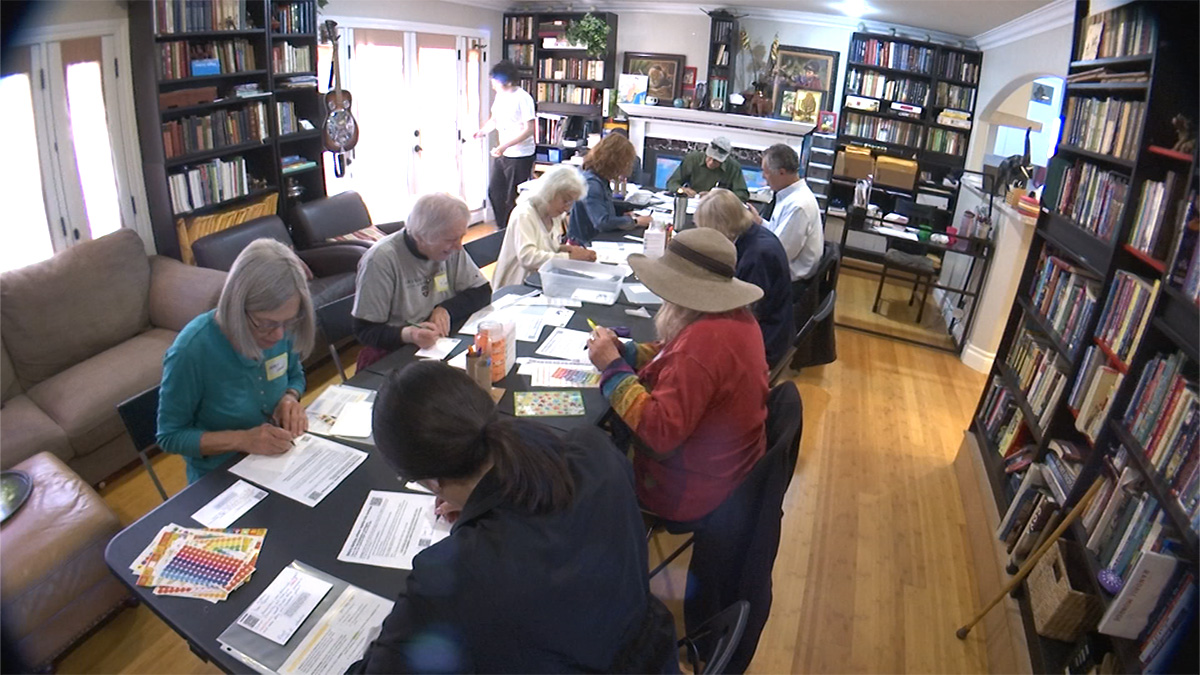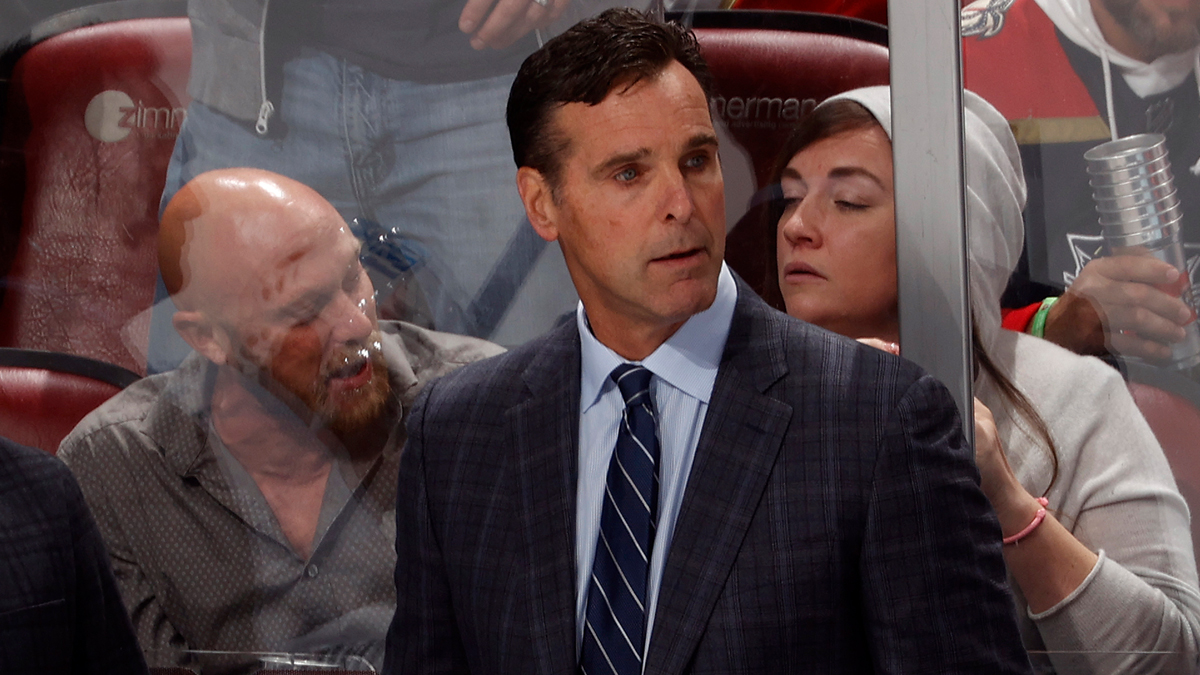Six air monitoring stations that Chevron agreed to install at its Richmond refinery in 2010 were not put in place, which may have slowed warnings about the danger of pollutants released during the refinery’s disastrous August fire, city officials and air quality regulators say.
The company pledged to install the equipment as part of a May 2010 agreement with the city of Richmond that settled a dispute over how much the refinery owed in utility taxes.
"It was clearly the intention by the city and Chevron to have these monitors in place by now," said Contra Costa County Supervisor and Bay Area Air Quality Management Board Chairman John Gioia, who also is a resident of Richmond.
But Chevron spokesman Sean Comey said there was not a “defined schedule” to install the monitors.
Residents say the monitoring stations could have helped warn the public about potentially dangerous pollution immediately after the fire broke out Aug. 6, sending more than 15,000 people to local hospitals for respiratory and eye problems.
“The fact is we could have had more data had the monitors been set up,” said Denny Larson, executive director of Global Community Monitor, a nonprofit environmental justice organization in Richmond. “We would have known what those odors were that were blowing into neighborhoods and causing people’s health problems.”
The refinery fire and delays in warning residents of the potential danger have prompted criticism of both the giant oil company and air quality officials.
Local
The Bay Area Air Quality Management District has acknowledged that it incorrectly asserted that air quality near the refinery met safety standards even as thousands of residents complained of illness.
And federal regulators reported this week that during a maintenance shutdown last year, Chevron did not inspect the aging pipe that is a focus of an investigation into the August fire.
Under the 2010 deal with the city, Chevron agreed to install three air monitors in the neighborhoods of North Richmond, Point Richmond and Atchison Village, and three more along the refinery’s fence. The monitors are designed to detect chemicals such as metals, volatile organic compounds, hydrogen sulfide and a range of particulates.
Richmond City Manager Bill Lindsay said Chevron has yet to produce a detailed plan for the project.
“We haven’t received a comprehensive work plan from Chevron on who is going to monitor it, the specific locations for the monitors, how the data would be reported and the specific technology they will use,” he said.
Lindsay says he now regrets not including a deadline for Chevron in the 2010 agreement.
Although there was no installation schedule as part of the 2-year-old agreement, Comey, the Chevron spokesman, said the company has been working with neighborhood groups to put a set timeline in place.
Comey said neighborhood groups in Point Richmond and Atchison Village approved a timetable that calls for the equipment to be installed in early 2013. The neighborhood group in North Richmond is due to consider that plan at a meeting next month.
“The Community Air Monitoring program that was agreed to in 2010 by Chevron and the City of Richmond is in the process of being implemented and is continuing to progress on schedule as we work with Neighborhood Councils in North Richmond, Atchison Village and Point Richmond,” he wrote in an email.
He added, "Once we have completed working with these local groups to ensure they are confident in the program, we will submit a revised work plan to the City of Richmond Planning Department for approval."
Michael Parker, a member of the Point Richmond Neighborhood Council, said the monitors Chevron agreed to install would have given residents more protections from harmful pollutants at the time of the fire.
“We deserve more information and there should be more monitoring,” said Parker, who is the editor of www.richmondprogressivealliance.net, the website of a volunteer group in Richmond that supports progressive political causes. “But the focus should also be on prevention and making the refineries safer. Richmond was becoming a jewel in the Bay Area; this explosion has set that way back.”
Gioia said the agreement between Richmond and Chevron was flawed in part because it left out local health officials and the air quality district, leaving the air monitoring to an independent contractor hired by Chevron. Lindsay defended the arrangement saying that an outside contractor would be impartial.
The refinery fire is under investigation by a number of regulators including the U.S. Chemical Safety Board.
The blaze has belatedly prompted the city to expedite the Chevron monitoring program. Once the city approves a plan, the company will have 90 days to get the monitors operating.
“In light of this incident,” Lindsay said. “It has hastened the process.”
This story was produced by The Bay Citizen, a nonprofit, investigative news sources in the Bay Area and a part of the Center for Investigative Reporting. Learn more at www.baycitizen.org.



